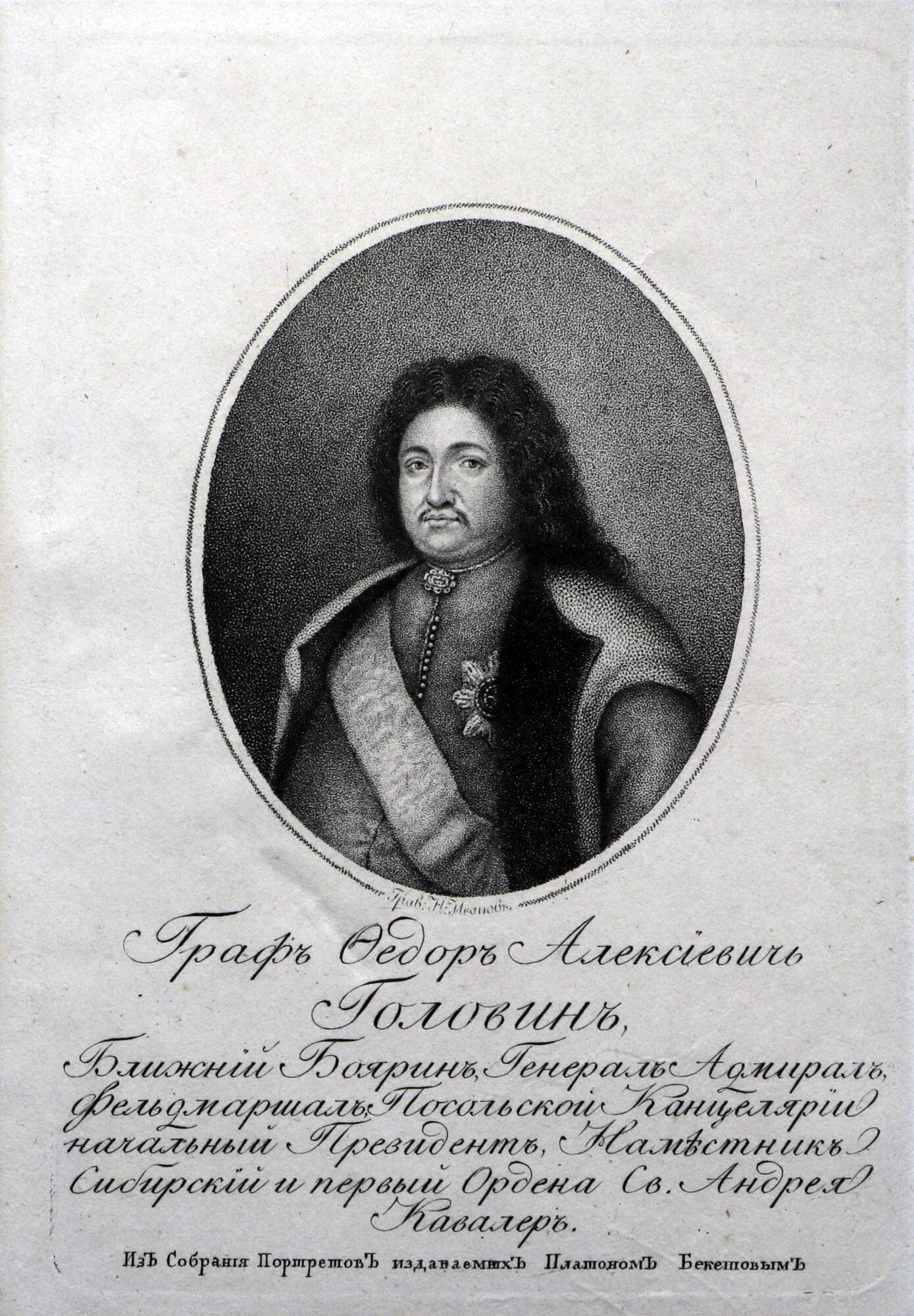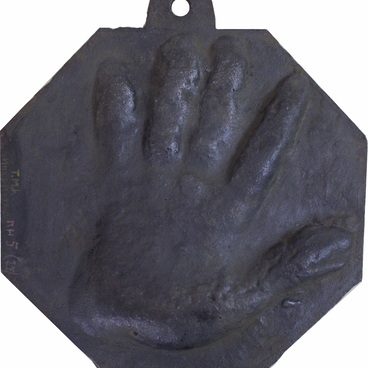The highborn boyar, Fyodor Alexeyevich Golovin was a member of Peter the Great’s particularly close and trusted entourage.
Peter I entrusted Golovin with the management of the Golden, Silver and Armory Chambers, the Naval and Yamskoy (Coachman) Offices, the Saint Petersburg Mint and the Siberian Viceroyalty, the presidency of Embassy affairs. Fyodor Golovin’s “track record” included the Nerchinsk Treaty, participation in secret meetings with Peter I regarding Denmark and Saxony, preparation of the Constantinople embassy to conclude peace with the Turks (together with Prokofy Bogdanovich Voznitsyn), assistance in the spread of science and art, the introduction of the stamp duty tax and the creation of a system of Russian representation abroad, participation in the creation of a regular army…
Fyodor Golovin was the first of the Russian boyars to accept Peter’s innovations: he shaved his beard, put on a European costume and, unlike many nobles, he supported foreigners in the emperor’s service. According to his contemporaries, Golovin was distinguished by his handsome appearance, enlightened mind, diplomatic talent, honesty and sincere devotion to the Tsar.
Peter the Great noted Golovin’s service to the Fatherland, in particular by awarding him the Order of St. Andrew the First-Called and the rank of Field Marshal — for the first time in the history of Russia.
Platon Petrovich Beketov was a publisher and collector of engraved and painted portraits of historical figures. In 1807, Prime Major Beketov opened a printing house in Moscow and a school of engravers, mainly for serfs. They worked in the stipple engraving technique “under the supervision” of Alexey Osipov, who, in turn, studied under the academician of engraving, Nikolai Ivanovich Sokolov. The presented portrait comes from the Tambov collection of Leonid Voeykov.
Nikolay Grigoryevich Ivanov studied at Beketov’s school. He also graduated from the Academy of Arts with a 1st class certificate and served as a copper engraver at the Marine Printing House. He made an engraving of Count Golovin based on the original portrait by the painter Yakov Argunov. The artist’s father, the painter Ivan Petrovich Argunov, was a former serf of Count Nikolai Petrovich Sheremetev. He gave basic artistic training to his sons. After he got his freedom, Yakov Argunov worked in Moscow, created portraits of historical figures, was “appointed to the academicians” of the Imperial Academy of Arts.
